Engineering data management serves as a systematic approach to handling engineering data throughout its lifecycle. You ensure data integrity, compliance, and collaboration by implementing robust practices. This process involves organizing, storing, retrieving, and utilizing data effectively. Engineering data management provides a foundation for efficient collaboration and informed decision-making. Tools like FineDataLink and FineBI enhance these processes by offering seamless data integration and insightful analysis. With these tools, you can optimize processes, improve product quality, and drive innovation, ensuring your organization's data remains accurate, reliable, and secure.
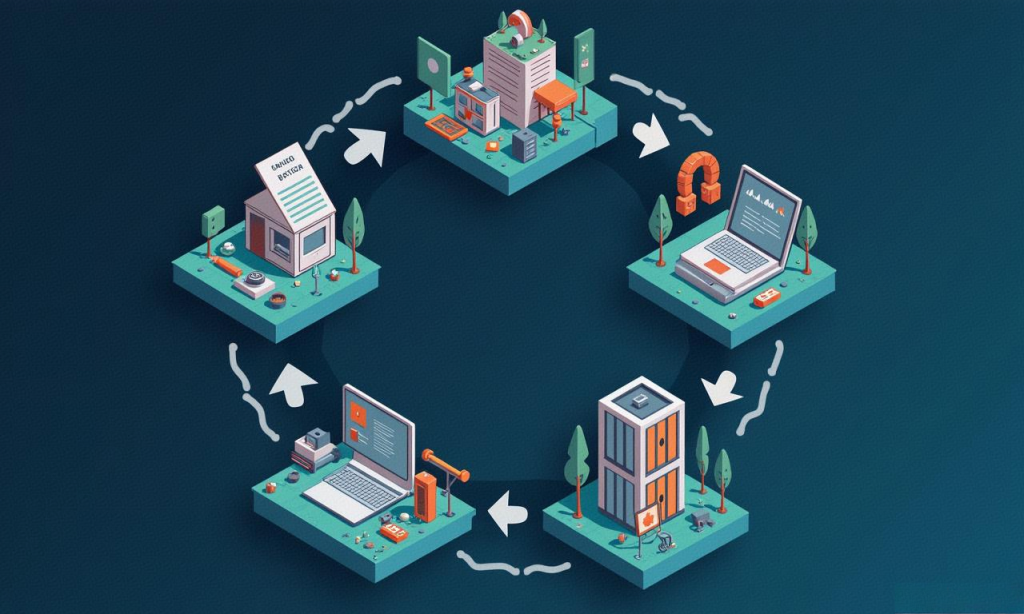
The Importance of Engineering Data Management
Engineering data management plays a crucial role in modern engineering projects. By implementing effective data management practices, you can ensure data integrity, meet compliance standards, and enhance collaboration among teams. Let's explore these aspects in detail.
Ensuring Data Integrity
Data integrity forms the backbone of any engineering project. You need to maintain accurate and consistent data throughout the project's lifecycle. Engineering data management systems help you achieve this by providing tools and processes that safeguard data from corruption or unauthorized access. These systems enable you to track changes, validate data, and ensure that only authorized personnel can modify critical information. By maintaining data integrity, you reduce the risk of errors and rework, ultimately leading to successful project outcomes.
Meeting Data Compliance Standards
Compliance with industry standards and regulations is essential for engineering projects. Engineering data management systems assist you in adhering to these requirements by offering features that ensure data is stored, processed, and shared according to established guidelines. These systems provide audit trails, access controls, and reporting capabilities that help you demonstrate compliance to regulatory bodies. By meeting compliance standards, you protect your organization's reputation and avoid potential legal issues.

Enhancing Data Collaboration
Effective collaboration among team members is vital for the success of engineering projects. Engineering data management facilitates seamless communication and data sharing across departments and locations. With centralized data repositories and collaborative tools, you can ensure that everyone has access to the latest information. This fosters teamwork, reduces misunderstandings, and accelerates decision-making processes. Enhanced collaboration leads to improved efficiency and innovation, driving your projects forward.
Key Components of Engineering Data Management
In engineering data management, understanding the key components is essential for effectively handling data throughout its lifecycle. These components ensure that you capture, organize, and secure data efficiently, leading to better decision-making and collaboration.

Data Capture
Data capture serves as the first step in managing engineering data. You need to gather data from various sources, such as design files, models, and documentation. This process involves using tools and software that facilitate seamless data integration. For instance, data management software provides a centralized platform for storing and accessing data. By capturing data accurately, you lay the foundation for reliable data management.
Data Organization
Once you capture data, organizing it becomes crucial. Proper data organization allows you to store and retrieve information efficiently. You can use data management platforms to categorize and structure data logically. These platforms help you maintain a consistent data format, making it easier to locate and use information when needed. By organizing data effectively, you enhance productivity and reduce the time spent searching for critical data.
Data Security
Data security is a vital component of engineering data management. Protecting your data from unauthorized access and potential breaches is essential. You can employ data security tools to safeguard sensitive information. These tools offer features like encryption, access controls, and audit trails. By implementing robust security measures, you ensure that your data remains confidential and protected from threats. This not only secures your data but also builds trust with stakeholders.
By focusing on these key components, you can optimize your engineering data management processes. Capturing, organizing, and securing data effectively leads to improved collaboration and informed decision-making. Utilizing tools like data management software and security solutions enhances your ability to manage data efficiently, ensuring your organization's success.
Best Practices for Engineering Data Management
Implementing best practices in engineering data management ensures that you handle data efficiently and effectively. By focusing on standardization, automation, and continuous improvement, you can optimize processes and enhance decision-making.

Standardization of Processes
Standardizing processes in engineering data management fosters consistency and clarity. You should establish uniform data formats, naming conventions, and documentation practices. This approach simplifies data management and facilitates interoperability across systems. When you standardize, you create a single source of truth, which enhances data quality and reliability. Consistent practices also make it easier to share and reuse data, promoting collaboration among teams. By adhering to standardized processes, you streamline workflows and reduce the likelihood of errors.
Automation of Data Handling
Automation plays a crucial role in reducing human error and decreasing the workload for data engineers. By automating data pipeline tools, you streamline data ingestion, transformation, and integration processes. This leads to quicker access to clean, reliable data, enabling you to gain valuable insights from data analysis. Automated systems also enhance scalability and efficiency, allowing you to handle larger volumes of data with ease. By embracing automation, you improve product quality and drive continuous improvement within your organization.
Continuous Improvement and Monitoring
Continuous improvement and monitoring are essential for maintaining effective engineering data management. You should regularly assess your data management practices to identify areas for enhancement. Implementing feedback loops and performance metrics helps you track progress and make informed decisions. By fostering a culture of continuous improvement, you ensure that your data management processes remain up-to-date and aligned with industry standards. This proactive approach not only optimizes processes but also supports innovation and growth.
By adopting these best practices, you enhance your ability to manage engineering data effectively. Standardization, automation, and continuous improvement lead to improved collaboration, better decision-making, and increased efficiency. These practices ensure that your organization's data remains accurate, reliable, and secure, ultimately contributing to its success.
Impact of Engineering Data Management on Productivity

Streamlining Workflows
Engineering data management (EDM) significantly enhances productivity by streamlining workflows. You can organize and access data efficiently, which reduces the time spent searching for information. EDM systems provide a centralized platform where you can store and retrieve data seamlessly. This organization allows you to focus on core tasks rather than administrative duties. By having quick access to accurate data, you can make informed decisions faster, leading to more efficient project execution.
Reducing Errors and Rework
Implementing EDM reduces errors and minimizes rework. You ensure data integrity and accuracy, which decreases the risk of inconsistencies or misinterpretations. These errors often lead to costly rework or project delays. With EDM, you maintain a single source of truth, ensuring that everyone works with the most current data. This consistency helps you avoid mistakes and enhances the overall quality of your projects. By reducing errors, you save time and resources, ultimately boosting productivity.
Impact of Engineering Data Management on Collaboration and Communication

Facilitating Teamwork
Engineering Data Management (EDM) plays a pivotal role in fostering teamwork. You can create an environment where team members collaborate seamlessly by implementing effective EDM practices. Centralized data repositories allow everyone to access the same information, reducing misunderstandings and ensuring that all team members are on the same page. This shared access promotes interdisciplinary collaboration, enabling teams to leverage collective expertise and work together efficiently.
"EDM fosters collaboration and knowledge sharing among team members, enabling interdisciplinary teams to work together seamlessly and leverage collective expertise."
To facilitate teamwork, consider using tools and platforms that support real-time data sharing and communication. These tools help you coordinate tasks, track progress, and ensure that everyone contributes to the project's success. By promoting teamwork, you enhance productivity and drive innovation within your organization.
Improving Stakeholder Engagement
Effective EDM also improves stakeholder engagement. You can keep stakeholders informed and involved throughout the project lifecycle by organizing, storing, and sharing engineering data efficiently. This transparency builds trust and ensures that stakeholders have access to the information they need to make informed decisions.
"Effective Engineering Data Management requires seamless collaboration and knowledge sharing among stakeholders."

To improve stakeholder engagement, implement EDM systems that provide easy access to data and facilitate communication. These systems enable you to share updates, gather feedback, and address concerns promptly. By engaging stakeholders effectively, you strengthen relationships and ensure that projects align with their expectations and requirements.
Influence of Engineering Data Management on Innovation and Development
Enabling Data-Driven Decisions
Engineering Data Management (EDM) empowers you to make data-driven decisions. By providing a single source of truth, EDM ensures that you have access to accurate and up-to-date information. This clarity allows you to make informed choices that drive your projects forward. When you rely on precise data, you reduce the risk of errors and enhance the quality of your decisions.
"EDM systems provide a single source of truth for all your engineering data, allowing for better-informed choices based on accurate and up-to-date information."

With EDM, you can analyze trends, identify patterns, and predict outcomes. This capability enables you to anticipate challenges and seize opportunities. By leveraging data effectively, you can optimize processes, improve efficiency, and achieve better results. Data-driven decisions not only enhance project outcomes but also foster a culture of continuous improvement within your organization.
Supporting Research and Development
EDM plays a crucial role in supporting research and development (R&D) efforts. By organizing and storing data systematically, EDM provides easy access to historical data and insights. This accessibility allows you to build upon previous work and explore new ideas. When you have a comprehensive view of past projects, you can identify successful strategies and avoid repeating mistakes.
"Easier access to historical data and improved collaboration can foster a more innovative engineering environment."
Collaboration is essential in R&D, and EDM facilitates this by promoting seamless communication among team members. Centralized data repositories ensure that everyone has access to the same information, enabling interdisciplinary teams to work together effectively. This collaboration fosters innovation, as diverse perspectives contribute to creative problem-solving.
Challenges in Implementing Engineering Data Management
Implementing Engineering Data Management (EDM) presents several challenges. You must address these challenges to ensure successful integration and operation of EDM systems. Let's explore two significant challenges: overcoming resistance to change and addressing data security concerns.

Overcoming Resistance to Change
Resistance to change often poses a significant hurdle when implementing EDM. People naturally resist altering established routines and processes. You need to manage this resistance effectively to ensure a smooth transition. Here are some strategies to help you overcome resistance:
- Communicate the Benefits: Clearly explain the advantages of EDM to your team. Highlight how it enhances productivity, reduces errors, and fosters collaboration. When team members understand the benefits, they are more likely to embrace the change.
- Provide Training and Support: Equip your team with the necessary skills to use EDM systems effectively. Offer training sessions and resources to help them adapt to new tools and processes. Continuous support ensures that they feel confident and capable.
- Involve Stakeholders: Engage stakeholders early in the process. Involving them in decision-making fosters a sense of ownership and reduces resistance. When stakeholders feel heard and valued, they are more likely to support the change.
"By implementing robust EDM practices, organizations can optimize processes, enhance productivity, mitigate risks, and foster innovation in engineering endeavors."
- Celebrate Successes: Acknowledge and celebrate milestones achieved through EDM implementation. Recognizing successes boosts morale and reinforces the positive impact of the change.

Addressing Data Security Concerns
Data security remains a critical concern in EDM implementation. You must protect sensitive information from unauthorized access and potential breaches. Here are some steps to address data security concerns:
- Implement Strong Access Controls: Restrict access to sensitive data by implementing role-based permissions. Ensure that only authorized personnel can view or modify critical information.
- Use Encryption: Encrypt data both in transit and at rest. Encryption adds an extra layer of protection, making it difficult for unauthorized users to access your data.
- Conduct Regular Audits: Perform regular security audits to identify vulnerabilities and address them promptly. Audits help you maintain a secure environment and protect your data from threats.
- Educate Your Team: Train your team on data security best practices. Educated employees are less likely to fall victim to phishing attacks or other security threats.
"By adhering to this comprehensive EDM process, organizations can transform engineering data into a valuable asset, empowering informed decision-making and fostering efficient product development throughout the entire lifecycle."

By addressing these challenges, you can implement EDM systems successfully. Overcoming resistance to change and ensuring data security are crucial steps in this process. With effective strategies, you can harness the full potential of EDM, transforming engineering data into a valuable asset for your organization.
FanRuan's Role in Engineering Data Management
FanRuan plays a pivotal role in transforming engineering data management. By offering innovative solutions, FanRuan empowers you to handle data efficiently and effectively. Two of its standout products, FineDataLink and FineBI, provide comprehensive tools for seamless data integration and enhanced data analysis.
FineDataLink for Seamless Data Integration
FineDataLink serves as an all-in-one platform for data integration. It simplifies complex data tasks, allowing you to synchronize data in real-time. With its low-code approach, you can easily integrate diverse data sources, including SaaS applications and cloud environments. This capability ensures that your data flows smoothly across various systems, eliminating silos and enhancing connectivity.
"FineDataLink revolutionizes data integration by offering a user-friendly interface with drag-and-drop functionality."
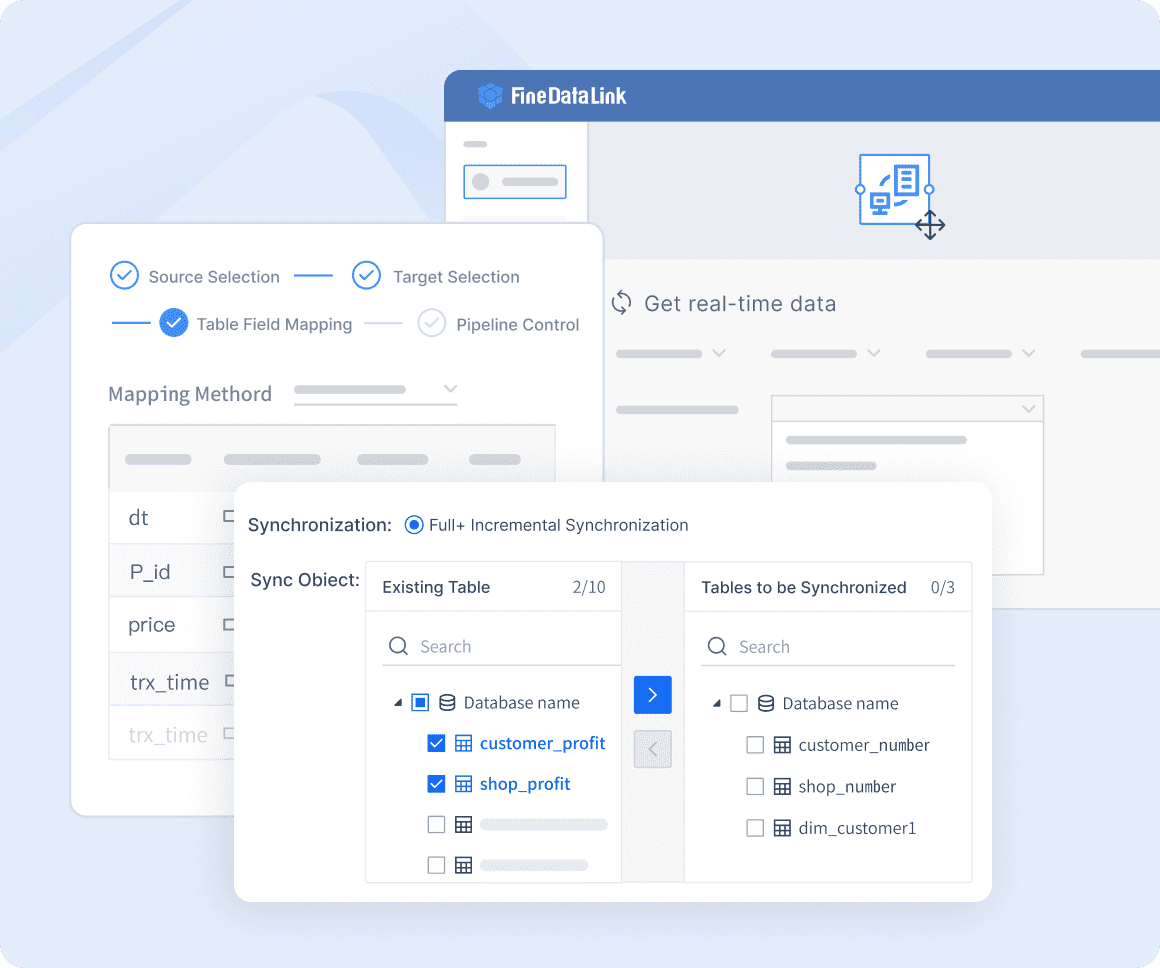
By using FineDataLink, you streamline your data processes, reducing manual efforts and minimizing errors. The platform supports advanced ETL and ELT data development, enabling you to construct efficient data warehouses. This integration not only boosts productivity but also enhances decision-making by providing accurate and timely data.
FineBI for Enhanced Data Analysis
FineBI empowers you to analyze and visualize data effortlessly. As a self-service business intelligence tool, FineBI allows you to connect to multiple data sources and transform raw data into actionable insights. Its high-performance computing engine processes massive datasets, supporting real-time analysis and boosting efficiency.
"FineBI democratizes data analysis, making it accessible to everyone within the organization."
With FineBI, you can create insightful visualizations, track key performance indicators, and identify trends. The platform's augmented analytics and role-based access control ensure that you maintain data quality and security. By leveraging FineBI, you enhance collaboration and drive innovation, ultimately improving your organization's performance.

FanRuan's solutions, FineDataLink and FineBI, significantly contribute to effective engineering data management. By integrating and analyzing data seamlessly, you optimize processes, improve product quality, and foster innovation. These tools empower you to transform engineering data into a valuable asset, supporting informed decision-making and efficient project execution.
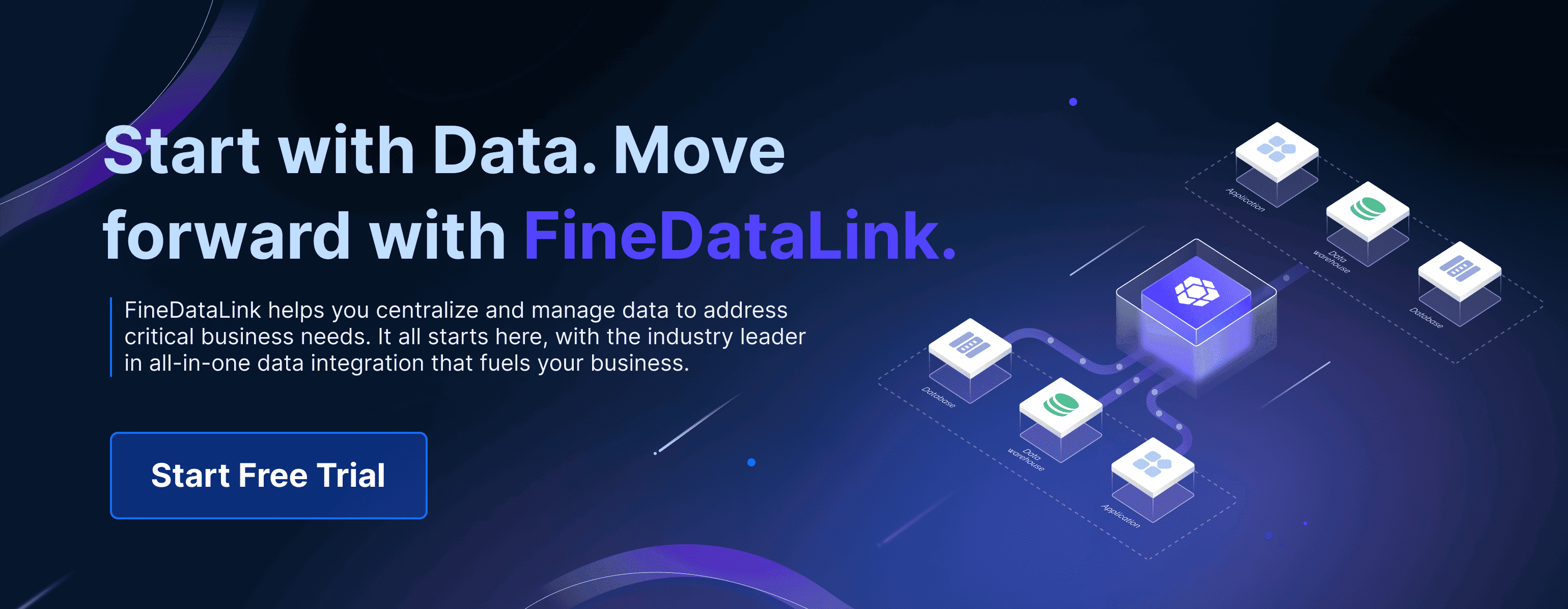
FAQ of Engineering Data Management
In this section, we address some frequently asked questions about Engineering Data Management (EDM). Understanding these aspects will help you implement EDM effectively and maximize its benefits.
1. What is Engineering Data Management (EDM)?
Engineering Data Management involves systematically handling engineering data throughout its lifecycle. You capture, organize, store, and secure data to ensure its integrity and accessibility. EDM supports decision-making and collaboration by providing a reliable data foundation.
2. Why is EDM important for engineering projects?
EDM plays a crucial role in maintaining data integrity, meeting compliance standards, and enhancing collaboration. By implementing EDM, you streamline workflows, reduce errors, and improve productivity. It ensures that your data remains accurate and reliable, supporting successful project outcomes.
3. How does EDM enhance collaboration among teams?
EDM facilitates seamless communication and data sharing across departments. Centralized data repositories ensure everyone accesses the latest information, fostering teamwork and reducing misunderstandings. This enhanced collaboration leads to improved efficiency and innovation.
4. What are the key components of EDM?
The key components of EDM include data capture, organization, and security. You gather data from various sources, organize it logically, and protect it from unauthorized access. These components ensure efficient data management and support informed decision-making.
11 FineDataLink simplifies data integration with its low-code platform, enabling real-time data synchronization. It helps you streamline data processes and enhance connectivity. FineBI empowers you to analyze and visualize data effortlessly, transforming raw data into actionable insights. Together, these tools optimize EDM, improving product quality and driving innovation.
FineDataLink simplifies data integration with its low-code platform, enabling real-time data synchronization. It helps you streamline data processes and enhance connectivity. FineBI empowers you to analyze and visualize data effortlessly, transforming raw data into actionable insights. Together, these tools optimize EDM, improving product quality and driving innovation.
5. What challenges might you face when implementing EDM?
Implementing EDM can present challenges such as resistance to change and data security concerns. You need to communicate the benefits, provide training, and involve stakeholders to overcome resistance. For data security, implement strong access controls, use encryption, and conduct regular audits.
6. What are the benefits of implementing EDM?
Implementing EDM offers numerous advantages, including improved data integrity, compliance, and collaboration. It enhances productivity by streamlining workflows and reducing errors. EDM also supports data-driven decisions and fosters innovation, ultimately contributing to your organization's success.
By understanding these FAQs, you can effectively implement Engineering Data Management in your projects. Utilizing tools like FineDataLink and FineBI will further enhance your EDM processes, ensuring your data remains a valuable asset.
Engineering Data Management (EDM) plays a critical role in modern engineering projects. By adopting best practices, you enhance productivity, collaboration, and innovation. EDM ensures data integrity and compliance, leading to successful project outcomes. FanRuan contributes significantly to advancing EDM with innovative solutions like FineDataLink and FineBI. These tools streamline data integration and analysis, empowering you to make informed decisions. Companies like Red Bull and Danfoss have leveraged FanRuan's expertise to drive innovation and smart manufacturing. By embracing these solutions, you transform your data management processes and achieve greater success.
Click the banner below to experience FineBI for free and empower your enterprise to convert data into productivity!
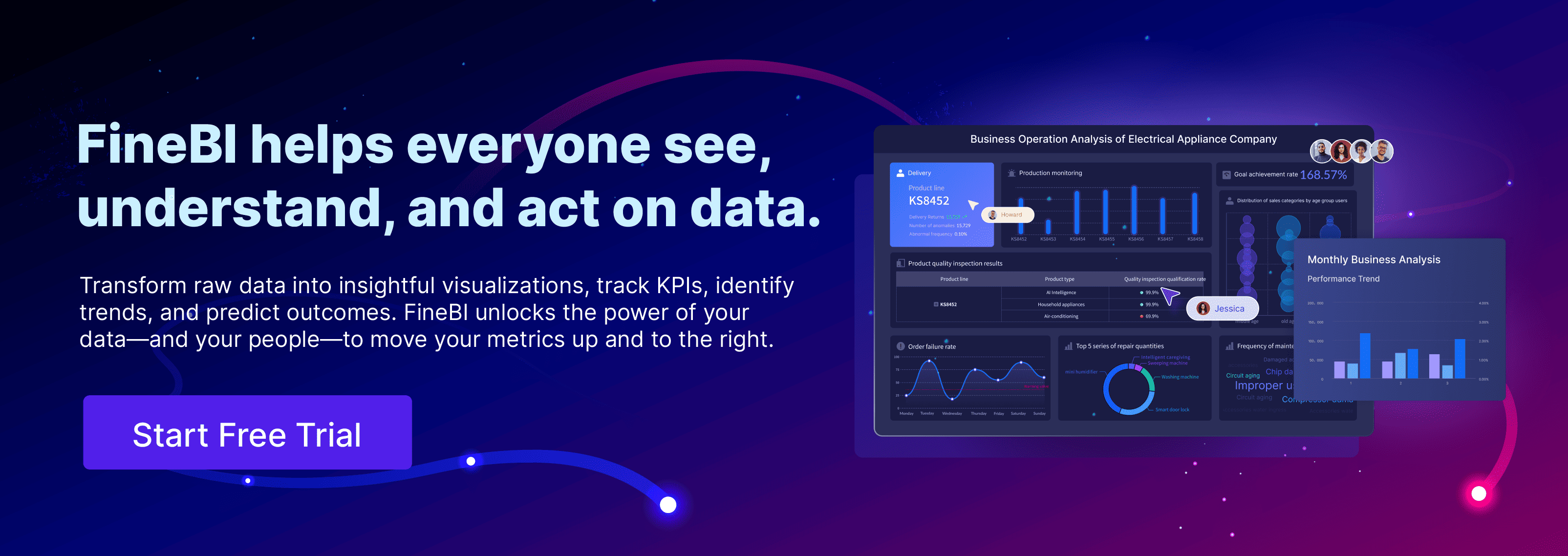
Continue Reading about Data Management
Mastering Data Management: Your Complete Guide
Essential Guide to Master Data Management

The Author
Howard
Data Management Engineer & Data Research Expert at FanRuan
Related Articles

Best Data Lake Vendors For Enterprise Needs
Compare top data lake vendors for enterprise needs. See which platforms offer the best scalability, integration, and security for your business.
Howard
Dec 07, 2025

Top Data Ingestion Platform Compared
Compare the top 7 data ingestion platforms, including real-time features, integration, scalability, and pricing to find the best fit for your business.
Howard
Dec 04, 2025
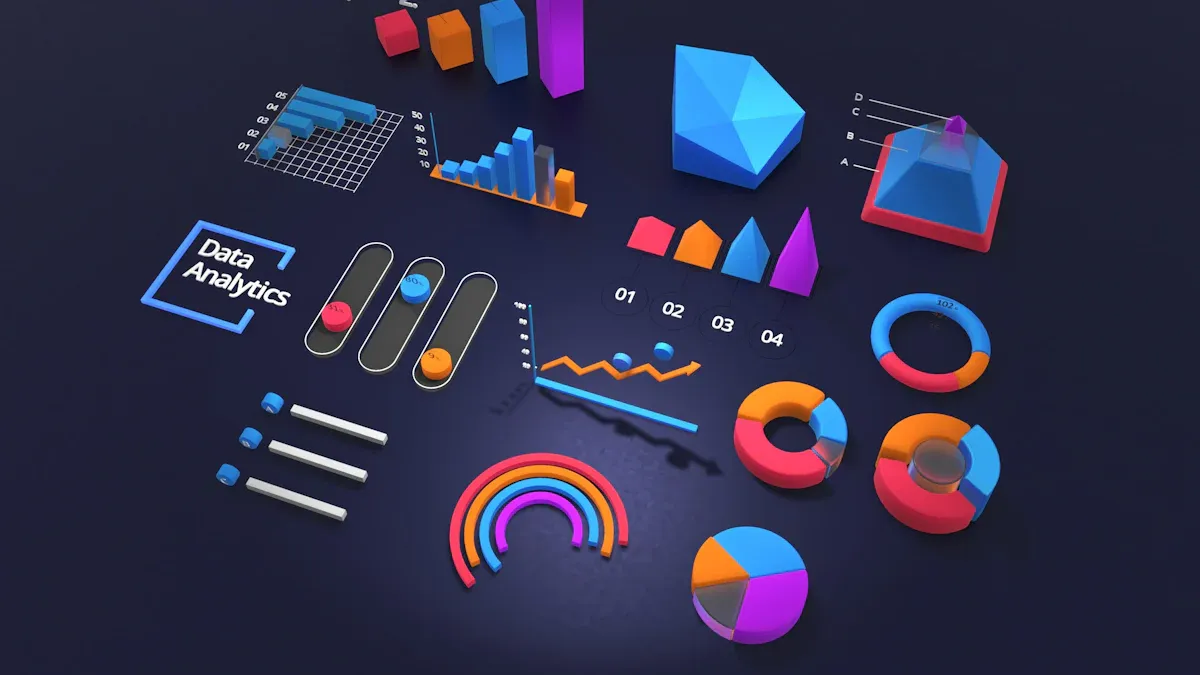
Best Data Lake Companies For Enterprise Needs
Compare top data lake companies for enterprise needs. See which platforms excel in scalability, integration, security, and analytics for businesses.
Howard
Dec 04, 2025



